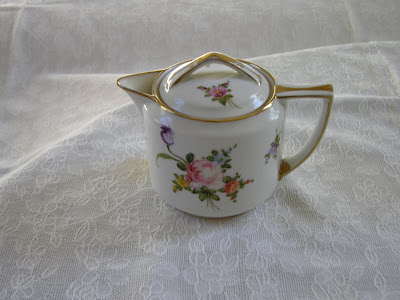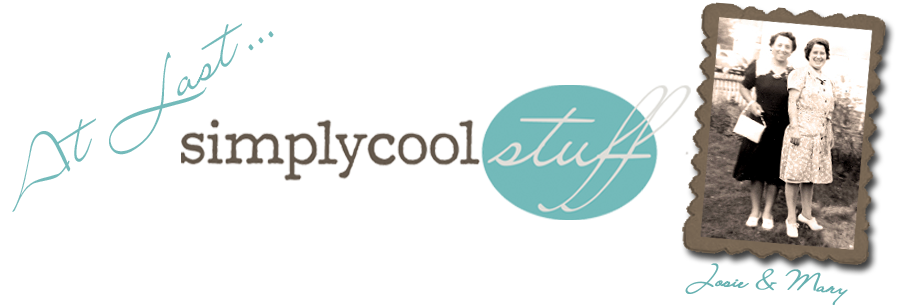
















The name Nippon from the Chinese phrase 'the source of the sun', is synonymous with elegant porcelain manufactured in Japan for export, from the years 1891 through 1921. Previous to 1891, items were marked with Japanese characters, or not marked at all. Until 1853, the islands of Japan were virtually secluded from the world when Commander Matthew Perry, U.S.N., arrived and negotiated trade agreements. In 1891 the McKinley Tariff Act required country of origin marks on all items imported to the U.S. The Japanese government hired foreign experts to train their artists in the European style popular at the time. These items were strictly for export to the Western world, hand painted in ornate fashion, considered distasteful to the Japanese. Simple 'Nippon' back stamp markings were used until 1921, when they were replaced with dozens of different 'Nippon' marks representing countless porcelain manufacturers from Japan. The 'M' wreath back stamp signifies the predecessor to Noritake china which was used from the 1920's through the 1930's. After 1941 most back stamps read 'Japan', 'Made in Japan', and 'Made in Occupied Japan' (during WWII).
Assembly line techniques ensured almost a limitless capacity for production as items were made and sold inexpensively. Shops were set up in New York City by the Noritake Co., employing artisans specializing in hand painting techniques on porcelain. To this day, Nippon remains highly collectible due to its unique beauty and affordability. Grace a table with a lovely piece or two and you will see how very special it is!









No comments:
Post a Comment